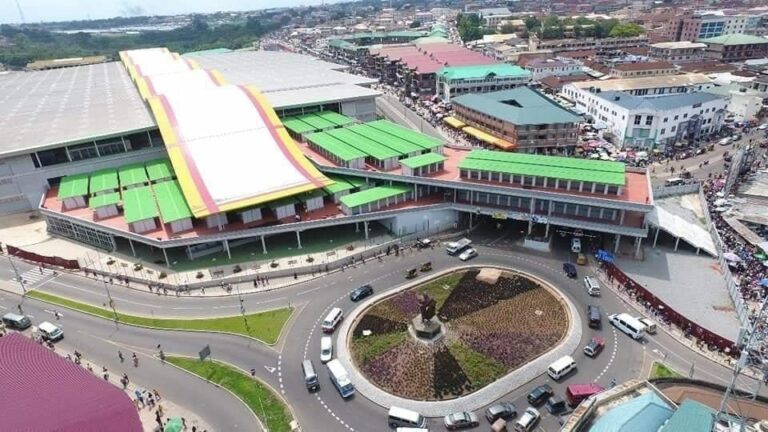
In a remarkable display of progress, the Ashanti Region has achieved a substantial reduction in poverty rates over the past four years. According to the latest data from the Ghana Statistical Service’s Multidimensional Poverty Index Survey, the region’s poverty incidence has dropped from 31.1% in 2020 to an impressive 18.3% in 2024.
Economic Growth and Development Initiatives
This significant improvement can be attributed to several factors, including robust economic growth and targeted development initiatives. The Ashanti Region, known for its vibrant cultural heritage and economic activities, has benefited from increased investment in infrastructure, education, and healthcare, all of which have contributed to better living standards for its residents.
Agricultural and Industrial Advancements
One of the key drivers of this progress has been the region’s focus on enhancing agricultural productivity and industrial growth. The introduction of modern farming techniques and support for local farmers have boosted agricultural output, leading to increased incomes and food security. Additionally, the expansion of industrial activities, particularly in the manufacturing and mining sectors, has created more job opportunities, further reducing poverty levels.
Government and Private Sector Collaboration
The collaboration between the government and the private sector has also played a crucial role in the region’s development. Public-private partnerships have led to the implementation of various projects aimed at improving infrastructure, such as roads, schools, and healthcare facilities. These projects have not only provided immediate employment but have also laid the groundwork for long-term economic stability.
Education and Skills Development
Investment in education and skills development has been another critical factor in reducing poverty in the Ashanti Region. Initiatives aimed at improving access to quality education, vocational training, and entrepreneurship programs have empowered the youth and the unemployed with the skills needed to secure gainful employment and start their own businesses.
Healthcare Improvements
The healthcare sector has seen significant advancements, with better access to medical services and improved healthcare facilities. Efforts to reduce maternal and child mortality rates, combat infectious diseases, and provide affordable healthcare have contributed to the overall well-being of the region’s population.
Community and Social Interventions
Community-based programs and social interventions have also played a vital role in alleviating poverty. Initiatives focused on providing support to vulnerable groups, such as women, children, and the elderly, have helped improve their living conditions and provided them with opportunities to participate in the region’s economic activities.
Looking Forward
As the Ashanti Region celebrates this significant achievement, stakeholders are optimistic about the future. The continued implementation of effective policies, investment in key sectors, and commitment to inclusive growth are expected to further reduce poverty levels and enhance the quality of life for all residents.
The Ghana Statistical Service’s report serves as a beacon of hope and a testament to what can be achieved through concerted efforts and collaboration. The Ashanti Region’s progress is not just a regional success story but also an inspiring example for other regions striving to overcome poverty and achieve sustainable development.
For more detailed insights into the Ashanti Region’s development strategies and future plans, stay tuned to our upcoming reports and interviews with key stakeholders and policymakers.
